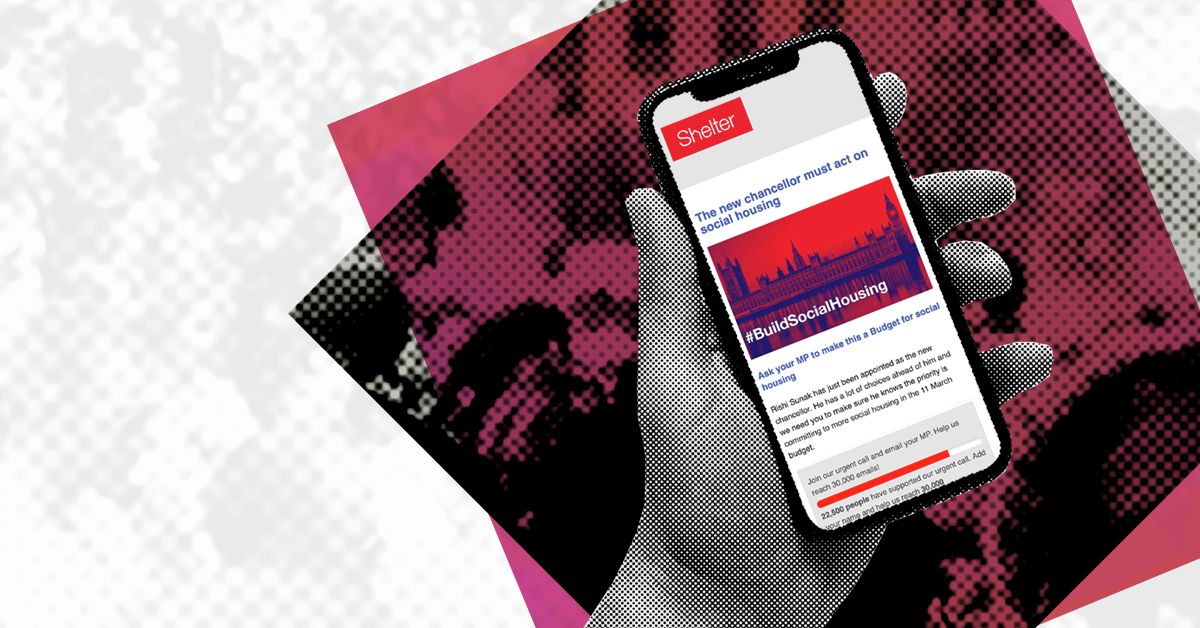What you’ll do to gain attention, build a network, motivate supporters and inspire action.
The tactics section explains the “how” of the strategy, outlining what is it you’ll do to achieve the communication objectives. Good communications always involves doing things. It’s by holding events, stunts and photo ops, running workshops, launching reports and actually making a difference in the world that you’ll have a story to tell.
Think about your tactics as moving through three stages:
- Build your network Collaborate, meet, join up, be active, be visible
- Involve and motivate your supporters, activists, beneficiaries
- Create news Media coverage (and your own media) needs news, images, people, stories.
If you jump straight into trying for media coverage, you won’t have much of a story to tell. But if you have a mini movement you already have something to show. This is why ‘launching a campaign’ seldom earns coverage, even though to your organisation this seems like big news. News is about things that have happened, not things you say should happen. And if, when you do get some media coverage, you already have motivated supporters, you have a network ready to share and amplify your message.
In this section of your strategy, give examples of the types of activities and tactics, with just a basic level of detail. This doesn’t need to be a full list. It’s not necessarily about planning everything you’ll do, but should offer ideas and approaches and set a tone for the type and style of activities. Every tactic should directly contribute to achieving at least one of the communications objectives.
Reading and resources


- How to win campaigns, Rose, C (2010). Make campaigns from ‘doing’ (p167–p169)
